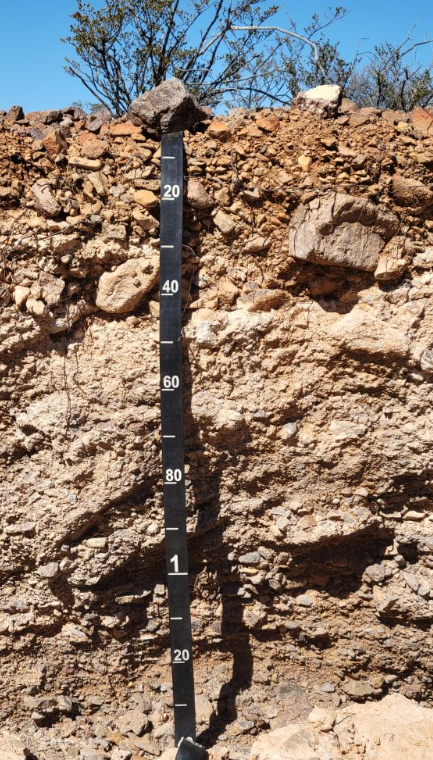Soil Horizons and the Soil Orders
1/16
There's no tags or description
Looks like no tags are added yet.
Name | Mastery | Learn | Test | Matching | Spaced |
|---|
No study sessions yet.
17 Terms
O
organic matter, not mineral material (leaf litter)
A
topsoil, has accumulated organic matter but dominated by mineral material
E
Eluvial horizon, has lost clay/minerals/organic matter to underlying horizons
B
Illuvial horizon/subsoil, has gained clay/iron/minerals from horizons above
C
parent rock
R
solid rock
order of soil horizons
O, A, E, B, C, R
factors of soil formation
climate, organisms, topography, parent material, time
mollisols
-thick/dark A horizons with lots of organic matter
-dry-ish and cool climate
-grasslands
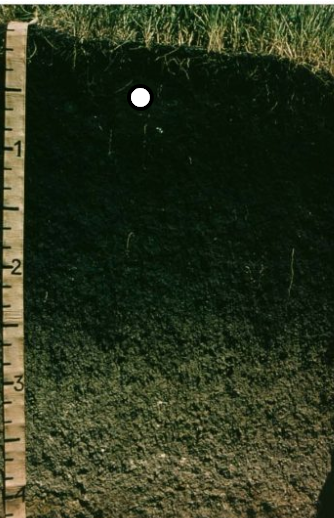
alfisols
-thin A horizon
-E horizon has lost clay to B-this process requires rainfall
-mostly forest soils=organic matter at surface
-mildly acidic
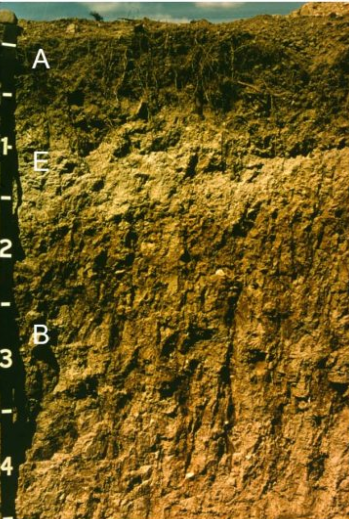
ultisols
-clay enriched B horizons
-much more weathered and acidic than alfisols
-warmer climate than alfisols
-much older than alfisols
-mostly formed under forest
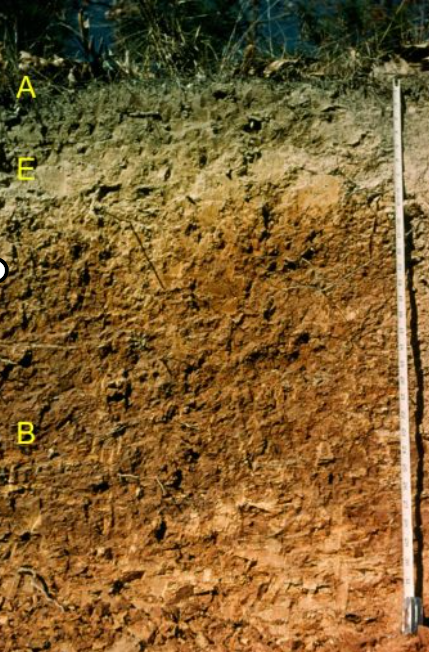
spodosols
-thin A, distinct E and B
-all forest soils
-B horizon has accumulated Fe, Al, and organic matter (become mobile under acidic conditions), not clay
-reddish brown color
-wet climate
-sandy parent material, little clay

histosols
-lots of organic material
-peat/muck
-wetlands= soil is saturated
-lots of C
-drained and used for crops
entisols
-weakly developed- only have A and C
-B not developed because of parent material (maybe because sandy) and/or lack of time
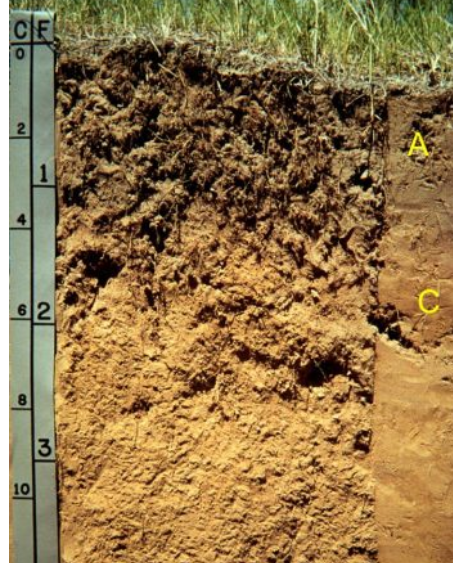
inceptisols
-weakly developed but do have weakly developed B horizons (dont have clay or other materials)
-limited by time or parent material
-prone to steep slopes where erosion removes soil
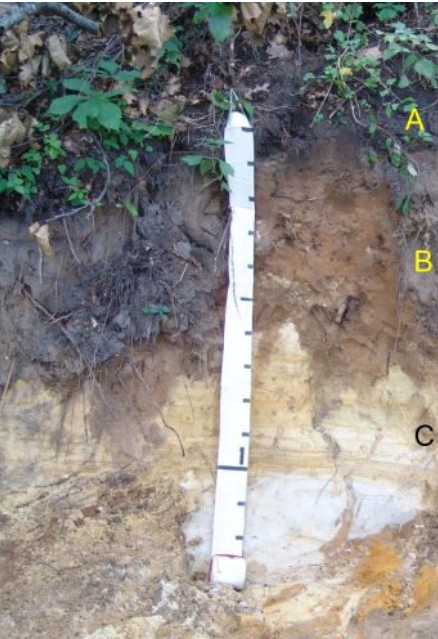
aridisols
-well-developed- lots of time
-in deserts
-flat land, little erosion
-well developed B with calcite accumulation, or clay enriched sometimes
